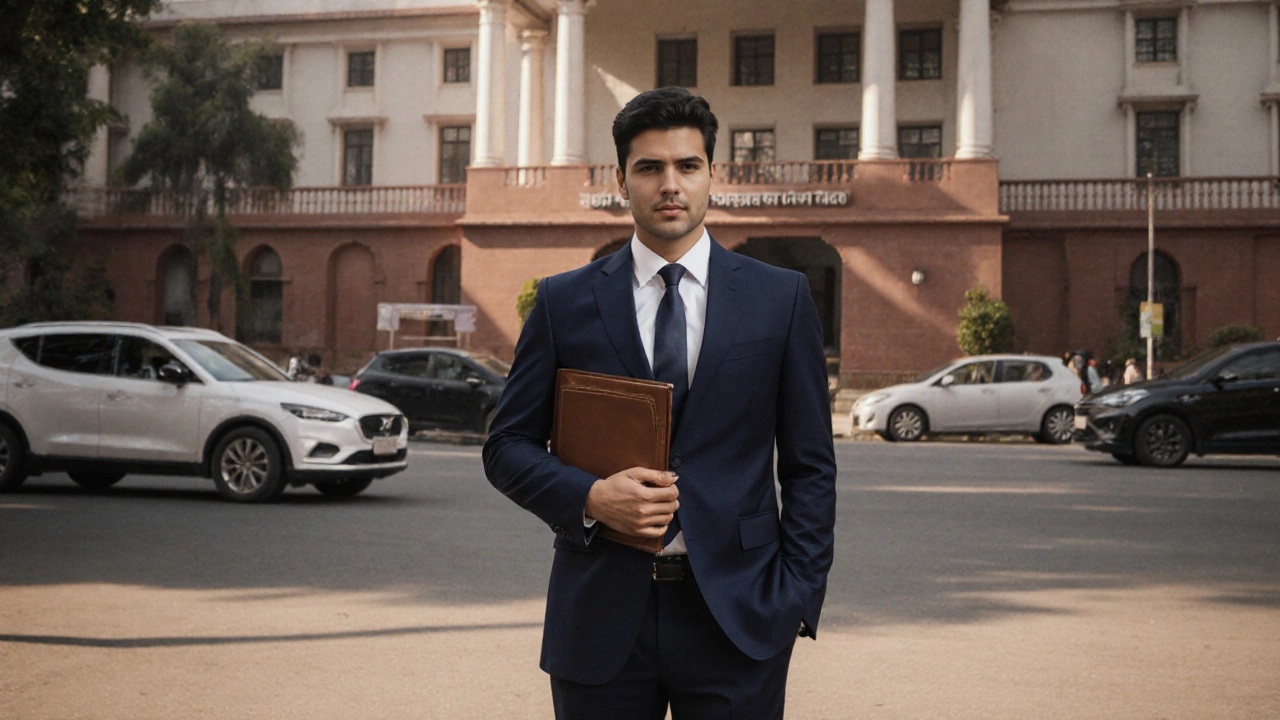Formal Wear for Government Interview: What to Wear and Why It Matters
When you walk into a government interview, your formal wear for government interview, the specific clothing choices that signal professionalism and respect in official hiring settings. Also known as interview attire, it’s not about looking rich—it’s about showing you understand the culture of public service. In India, where government jobs are competitive and tradition matters, your outfit speaks before you do. A wrinkled shirt, mismatched shoes, or overly casual pants can quietly signal carelessness—even if your answers are perfect.
Government interview panels don’t just judge your knowledge. They watch how you present yourself. A well-fitted navy or charcoal suit, a crisp white shirt, and polished black shoes are the baseline. For women, a tailored salwar kameez or a simple knee-length saree in muted colors works just as well—clean, neat, and free of flashy accessories. The goal isn’t to stand out. It’s to disappear into the background as someone who belongs. This isn’t fashion advice. It’s cultural code. And if you’re applying for a position in the railways, SSC, UPSC, or any state-level service, this rule applies everywhere.
Why does this matter so much? Because government hiring is about trust. You’re asking for a role that represents the state. If your appearance suggests you don’t take the process seriously, they’ll assume you won’t take the job seriously either. You don’t need a $500 suit. You need something clean, ironed, and worn with confidence. Many candidates fail not because they didn’t know the answer to the question—but because they walked in looking like they just rolled out of bed.
Related to this is the idea of interview attire, the standard dress expected in formal hiring situations across public sector roles. Also known as professional clothing for exams, it’s not just about suits and ties—it’s about consistency. Your hair should be neat. Your nails clean. Your bag simple, not trendy. Even small details like a loose thread or scuffed shoes can break the impression you’re trying to build. This isn’t about wealth. It’s about discipline. The same discipline you need to study for hours, memorize syllabi, and wake up early for exams.
Look at the posts below. You’ll find guides on cracking IIT JEE in five months, memorizing NEET faster, and learning to code from scratch. All of them demand focus. But none of them will help if you show up to your government interview in jeans. The real test doesn’t start when you sit down. It starts the moment you walk in the door.
What follows are real, practical tips—drawn from candidates who passed and those who didn’t—on what to wear, what to avoid, and how to look professional without spending a fortune. No fluff. No outdated advice. Just what works in India today.
